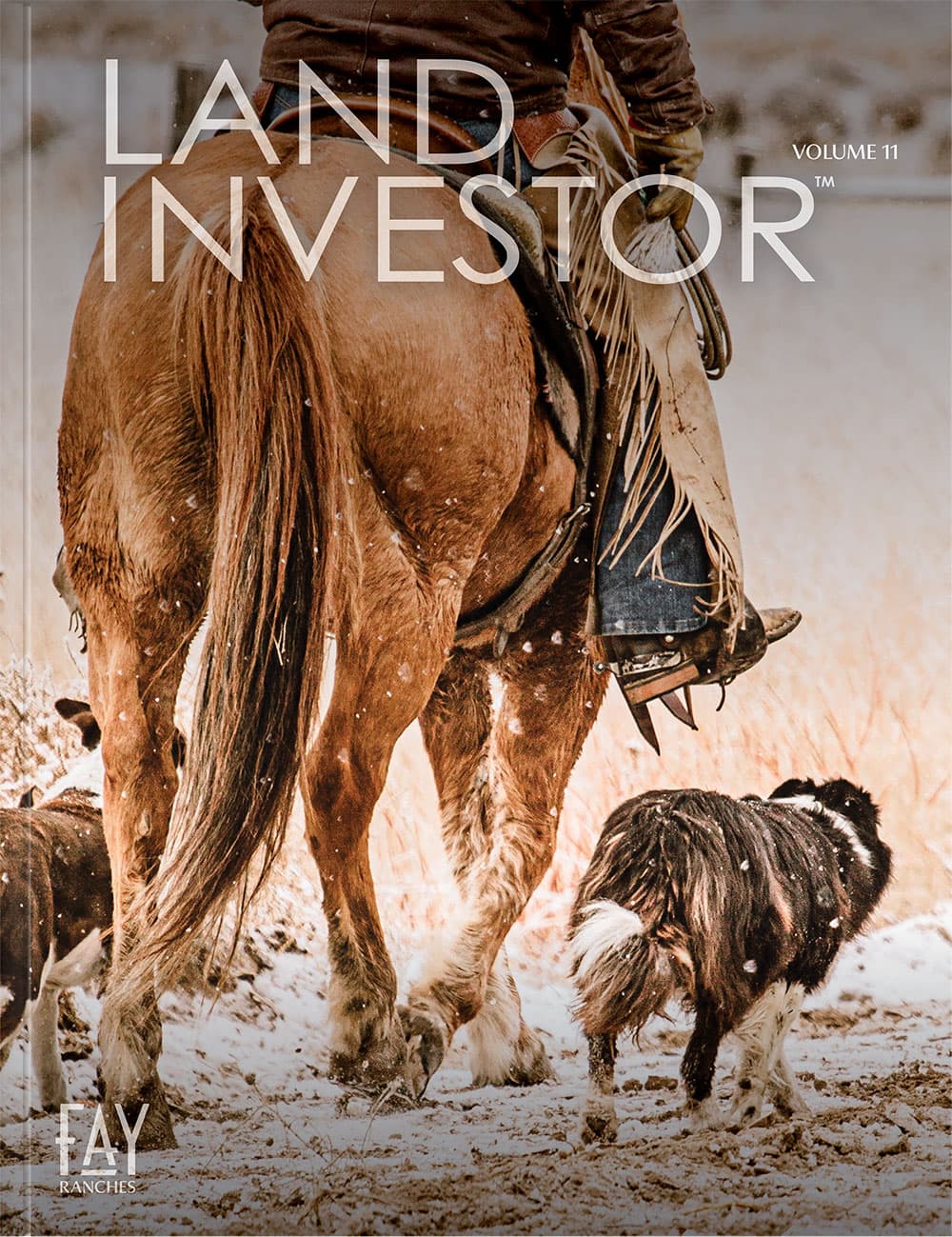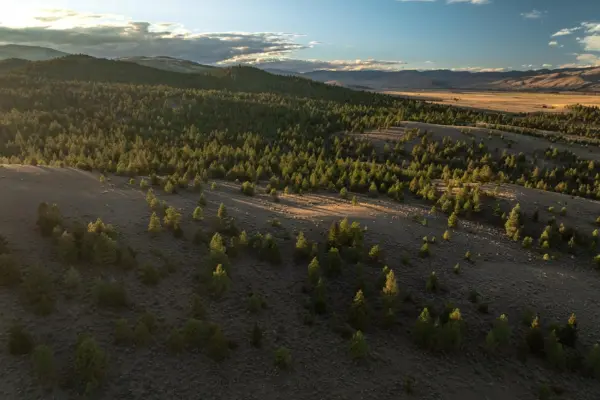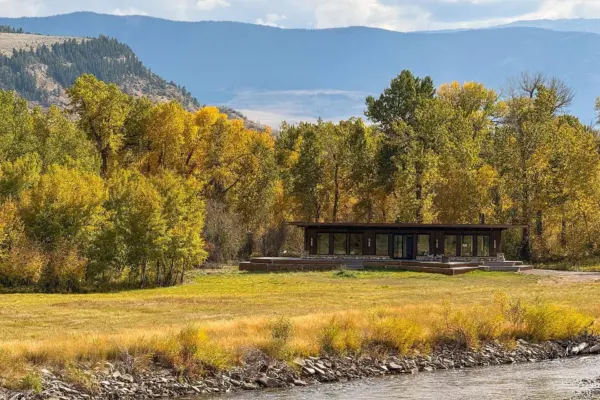Hire an Outfitter (Applies to landowners owning land in a general license area):
A few benefits of doing this as a non-resident landowner exist. First, this is an effective way to learn your land and how to hunt it most effectively and efficiently. Hiring a professional outfitter will expedite your learning curve and enhance your sporting opportunities on your land. Second, hiring an outfitter to guide you as a non-resident landowner allows you to purchase two preference points in any year you are hunting with the outfitter. If you choose to hire an outfitter every year, you can buy and receive two preference points, essentially guaranteeing a general hunting license every year. Outfitters' guides must guide outfitter clients, and all lands hunted must be put in the outfitter operation plan.
Landowner Preference Permits (applies to landowners owning land in a special permit area):
Landowners who own or are contracting to own land in a special hunting district of at least 160 acres for mule deer or 640 acres for elk can apply for a Landowner Preference Permit.
Each special hunting district is managed and has an allocated number of permits for that area. Fifteen percent of these permits are set aside for landowners. For example, if a special hunting district allocated 100 bull elk tags, 15 would be available to landowners. If there were 20 landowners that applied, resident or non-resident, 15 of them would be successful. The applicant can be the owner, a blood-related family member, or a W2 employee. These Landowner Preference Permits only apply within the special hunting district where the landowner owns the land. Therefore, if a landowner owns land in a general draw area such as HD 334, where the Arrow Ranch
is located, there is no reason to apply for a Landowner Preference Permit.
While Landowner Preference Permits do not guarantee a landowner a tag, they do increase the odds of a landowner drawing a special permit for the area in which they own the land.
Navigating the non-resident hunting tag process in Montana can be a complex endeavor. I highly recommend checking out the relevant episodes on the Land Investor Podcast, featuring an insightful discussion with Rob Arnaud, as well as a recent episode, Montana Hunting Tags: Resident and Non-Resident Applications, with myself and my co-host Matt Henningsen. In these episodes, we dig a little deeper and attempt to further demystify the process. Additionally, you can refer to my article, Applying For A Non-Resident Elk License | Montana, offering valuable insights into successfully maneuvering through the application process.













